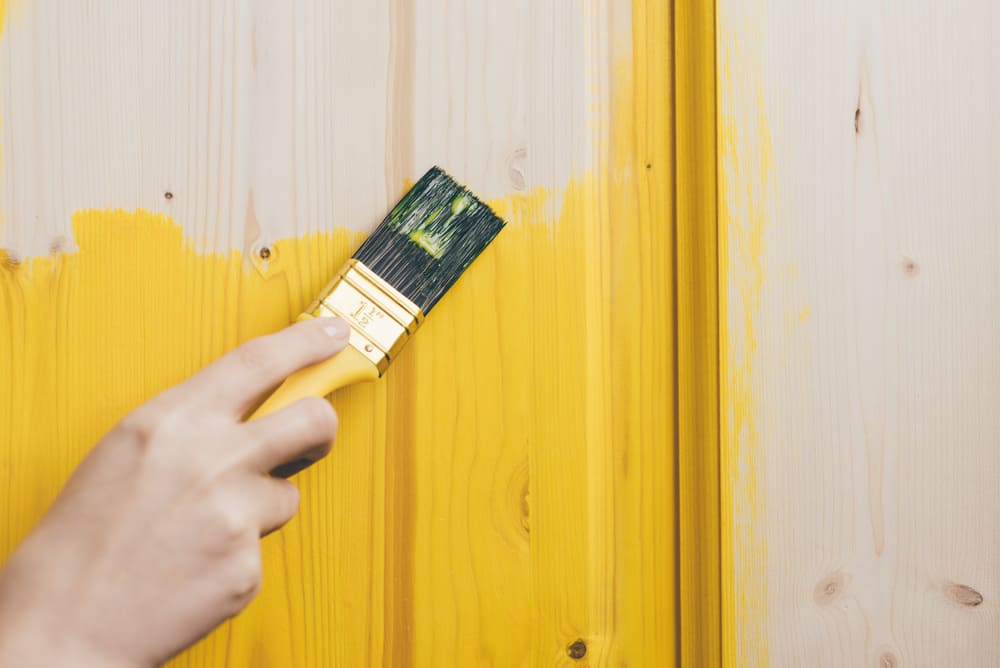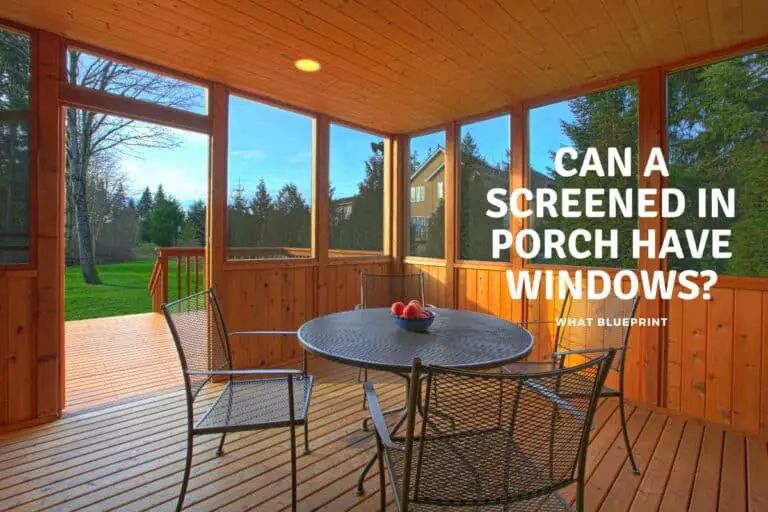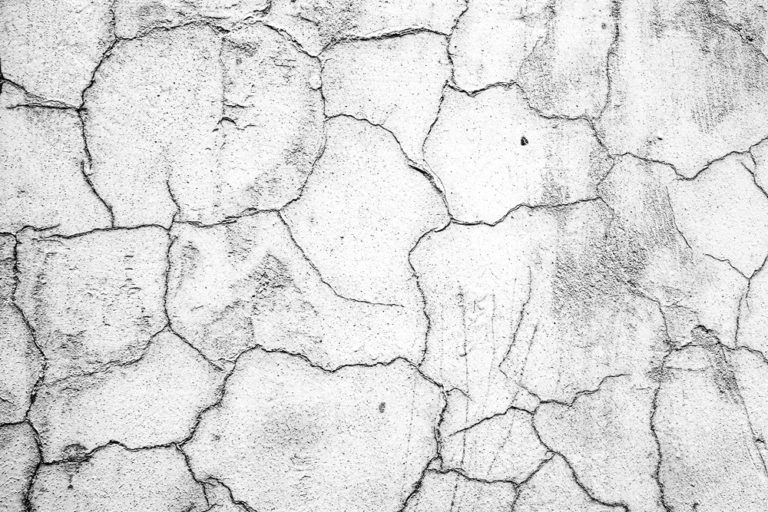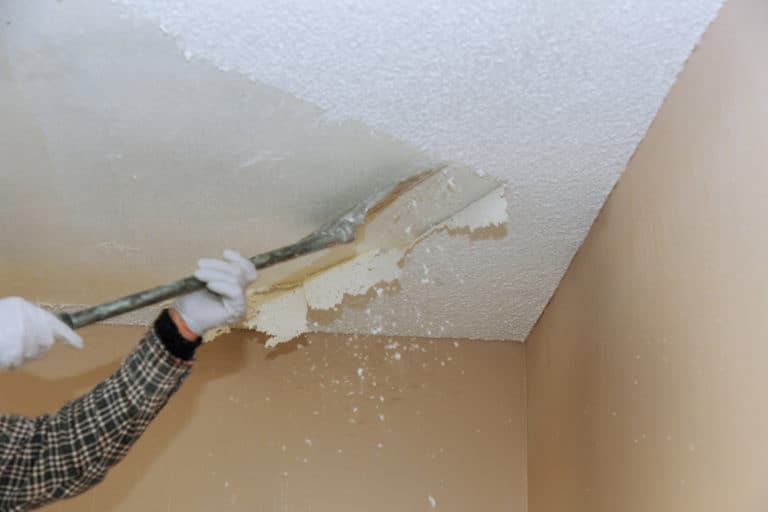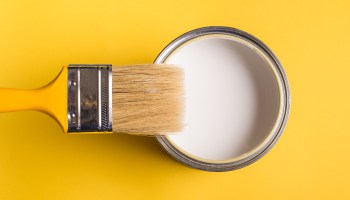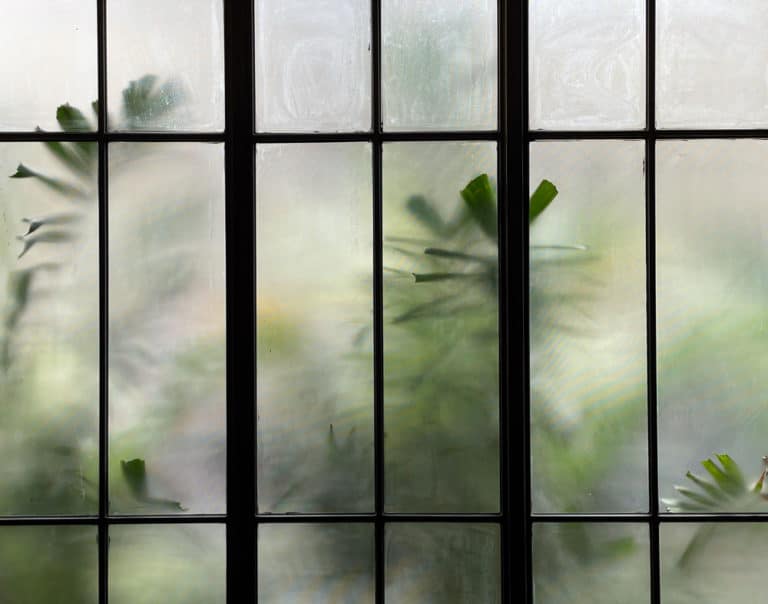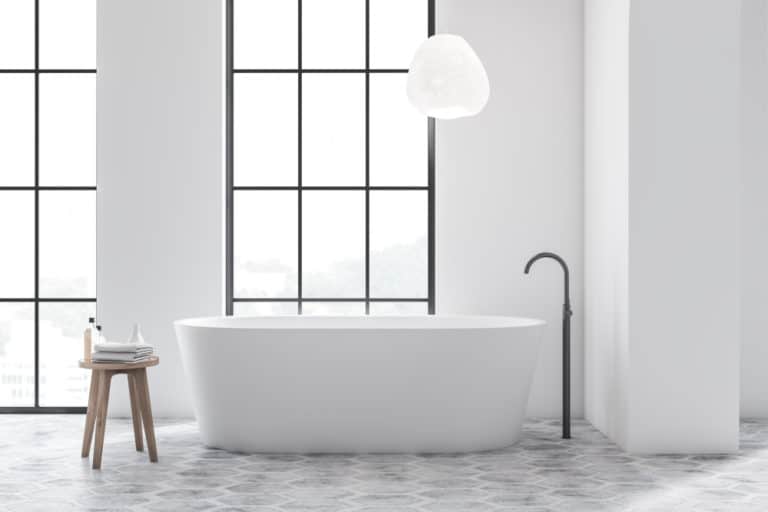Best Paint For Door In Direct Sunlight
The sun can sometimes create problems for painted surfaces, especially if they are in direct sunlight. It could be the case for your door that’s taking a beating from the sunlight, being exposed to it daily. It would be wise to get the best paint for doors in direct sunlight, try to preserve them, and not have to repaint after a year.
The best paint for your door in direct sunlight is oil-based paint that will resist fading and bubbling if that happened previously. Acrylic paint is also an option that is well suited for exterior use, retaining its color and resisting harsh direct sunlight damage.
When it comes to painting your door, things are a little more complicated. First, one will have to take the right steps to ensure that your door is properly covered so that it won’t crack, bubble, or fade in the future.
Best Paint For Exterior Doors
Every painter knows that there is paint that suits certain specific occasions; that’s why deciding to paint your door that gets a lot of sunlight will depend on a few factors. Factors such as what type of material the door is made up of, what it was previously painted with, have been cleaned and prepped for new paint. All these elements will help you choose the best option of paint.
Firstly take a look if the paint is labeled as ‘exterior use,’ which is specially formulated paint made for outdoor purposes. The paint formulated tends to be thicker than interior paint, contains more pigments and additives that are resilient to harsh environments. This resilience is what makes the paint last longer and not fade away in color.
The other important thing to look at is if your paint is a combination of primer and paint or separated. Having a primer is essential for ensuring that the surface you are painting is sealed adequately so that the surface doesn’t absorb your paint. It also will ensure that your surface will give the best finish. Try to look for paint that is also a primer, saving you time from having to paint both.
A primer and paint mixture is sufficient if you’re painting a new bare surface for the first time, repainting in the same color, and switching from a light color to a darker one. On the other hand, a separate primer to paint is best for when you are painting over a stained wood surface, switching from dark to light color, the old paint has flaked or cracked, and when you want to cover an old oil-based paint with water-based paint.
The Type Of Door Will Influence The Type Of Paint
The material of your door also dictates what type of paint you should use. Especially when it comes to doors made of cedar wood types that bleed, this “bleeding” that occurs with some wood is staining that appears after someone painted on the wood. Hence why priming your surface beforehand is vital not to get any stain after a few months.
Therefore, someone can use water-based exterior paint for wood surfaces that don’t stain (bleed), like pine or fir. In addition, any water-based paint is environmentally friendly and dries a lot faster than oil-based paint does.
Oil-based exterior paint is recommended for wood that does bleed like cedar or cypress to ensure no staining may come through after you have painted. In addition, the oil will stop the staining from coming through the paint. To give you an ugly yellowish spot, one tends to find if water-based paint was used.
People that have metal doors should look at using oil-based paint that will help prevention of rust from occurring. In addition, the oil in the paint will create a layer of protection over the door to prevent any moisture from causing corrosion to occur. It would help if you used water-based paint for fiberglass doors as it is thinner than oil-based paints and can be absorbed by the material to protect it and create a better-finished paint coating.
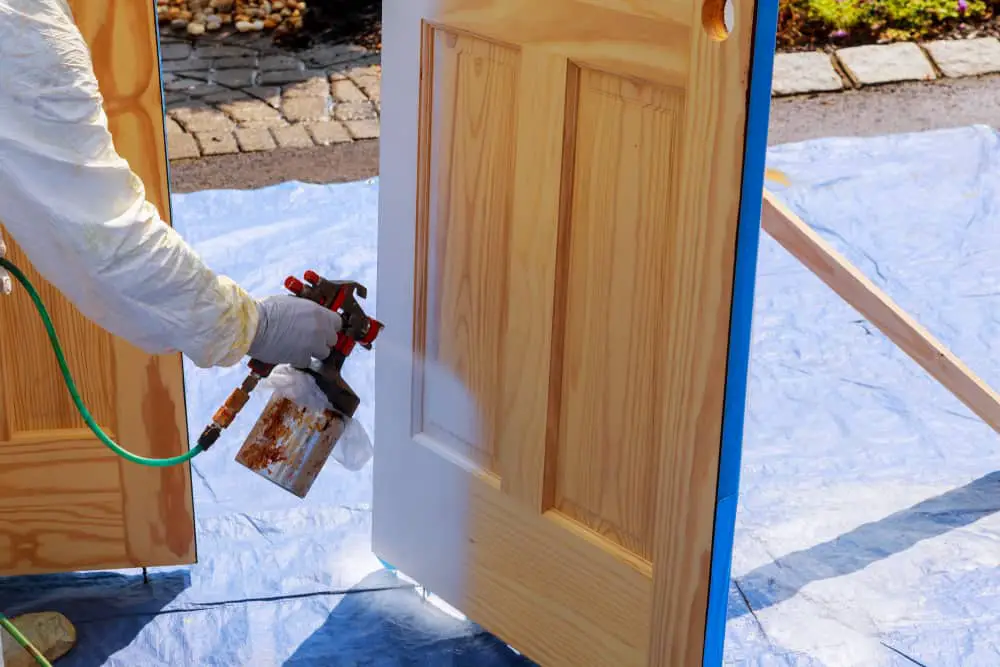
Other Factors To Consider
If you’re looking into preserving your paint on a door, you should probably consider how the color you chose is maybe causing your paint to last not as long as you want. We all know that the color black draws heat more than white does that reflects sunlight. Well, this also applies to your paint; if you have a darker color, the odds are it won’t last as long as a lighter color.
Keep an eye out on your paint colors LRV scale (light reflectance value); the higher the number, the more sunlight is reflected from the paint, which reduces the overtime color fade. You will find this value either on the manufacturer’s website or on the color card that you get at the paint distributor.
While we are discussing color, there is a lot of thinking about choosing the best color for your front door. Of course, the best-recommended color is glossy paints, as they stand out the most and compliment the house’s rough-toned color.
For those living in wet, rainy, or snowy neighborhoods, it would be best to look into rot-resistant paint. Over time if your surface is exposed to dampness for long periods, the paint will start to lift, crack, or peel off completely. That is why these are made with antimicrobial chemicals to stop mildew or mold from setting in over a long time.
Conclusion
Painting a door exposed to direct sunlight can sound complicated, but it becomes easier if you can wrap your head around the factors that could influence your paint. A beautifully finished surface can be expected as long as you follow the basics, such as primer and paint importance.
The primer will take care of the door’s natural material and ensure that your paint won’t necessarily start peeling or cracking after a few years. After that, the rest is basically up to you and what you want to accomplish with your door. Otherwise, enjoy the process of painting and seeing the result impact your overall house a lot more than what you would expect.

